Mixing colors to get the desired color
Working with paints is a fun process. Remember how you played with watercolors as a child, mixing paints. You can also play now. Mixing colors can come in handy in renovations, hobbies, etc.
The content of the article
Primary and secondary colors
As you know, there are three main (red, blue, yellow) and three additional colors (purple, orange, green). These are the base colors. By combining them, you can get all other colors and their shades (in theory, yes, in practice, a slightly different situation). In the figure, primary colors are represented by circles, and additional colors are formed at the intersection of pairs. These pairs show how mixing the colors of the main row produces additional ones.
In practice, mixing colors is an interesting process, but often the result is difficult to predict. We work with paints, and they are a mixture of a coloring pigment and a base-binder. That is, they have their own properties due to the presence of the very foundation. After all, paints are different - oil, acrylic, aniline, etc. Accordingly, the result will be slightly different. When you work with paints of one company for a long time, you can almost accurately predict what will turn out if you add one or another component.
It is also worth remembering that if you mix not paints, but light, the result will be different. Paints are only a display of light and not all laws work with them the same way.
Getting additional colors: orange, purple, green, their shades and brown
Pairing the primary colors gives us additional shades:
- We get orange by mixing red with yellow.
- You get purple if you add blue to red.
- Green can be obtained by mixing yellow and blue.
Mixing colors should be in equal proportions. In this case, we get a "neutral" tone. If the result does not suit you, you can add one of the components, "shifting" the shade in one direction or another.
Please note that red with blue does not always give purple. Often this mixing of colors results in a "mud color". This is because your red contains yellow, that is, it is not the main one, but only one of the shades. To get purple, instead of red, there must be pink or purple. On the other hand, mixing pink and yellow doesn't make blue. So to get a specific color, first experiment with a small amount of paints. After making sure of the result, you can repeat in the required amount.
If we add to the resulting additional colors the main ones that are already present in them, we get the same color, but in a different shade. We have not introduced new colors, we just changed the concentration of one of the existing ones. So we get mixed colors: yellow-orange, red-orange, red-violet, blue-violet, blue-green and light green.
What happens if you add one to the additional colors that is not in it? You will get a mixture of all the available primary colors, and it will give us brown (when working with light it will be gray, but with paints - either brown or very close to it). So, to get brown, you have to mix all the primary colors: yellow + red + blue. Or add "missing" to one of the additional ones:
- add yellow to purple;
- to green - red;
- complement orange with blue.
That is, to get brown, you can mix three primary colors or add the missing one to the additional ones. Interestingly, if you mix the same light waves, you get gray light. But paints are just a reflection of light, so there are certain differences.
Color wheel - how to make it
If the colors - primary and secondary - are arranged in a circle according to how they turned out, we get a traditional color wheel. Divide the circle into 12 parts. At the vertices of the triangle, fill the sectors with primary colors.
Their derivatives, obtained from equal shares of neighboring colors, in the center of the sector. These are called level one complementary colors. To the right and to the left of them, we place the shades that we got by adding another part of the corresponding component. This is how we get our own color wheel.
Please note: mixing paints from different companies gives different shades. Therefore, creating a color wheel is useful if you are going to work with certain paints for a while. Looking at the result, and knowing how you got it, you can understand what you can add to get the desired shade.
Getting shades
All colors that exist in nature are called chromatic. This is all the variety of colors and their shades. In nature, three colors do not occur in their pure form - white, black and gray. They are called achromatic. By adding achromatic colors to others, we get different shades.
For example, pink is obtained by adding white paint to red. For blue - add the same white to blue. And so with all the colors that are present in the color wheel. The lighter we want the shade, the more white paint. Sometimes - for very light shades - it is easier to obtain it by adding the desired dye to the white paint. Such light shades are called pastel shades.
To obtain pastel shades with a "dusty" effect, gray is added to the main colors. Note that you can add multiple achromatic colors. For example, we got the desired "degree" of pale violet, then added a certain amount of gray to it. We got a slightly more muted tone.
If you need to make a dark color from a saturated color, add black to the base color. Here you should be very careful, add a little, stirring thoroughly.
How to mix paints to get the color you want
All of the above is easy to implement in practice if you need "simple" colors that are obtained from mixing the main and additional. It will not be difficult to add achromatic to them. By experimenting with the amount of "additives", you can end up with exactly the shade you want. By the way, try to find your color on a small amount by mixing on the palette. At home, the palette can be replaced with a plastic plate. If you are mixing paint for interior use (on walls, for example), after getting the color you like, apply it to a small area and let it dry. You will see that the color has become a couple of shades lighter. And this must be taken into account when creating your own shade.
How to get shades of red
Remember that red is one of the three main colors. It is impossible to get it by mixing some colors. It can be obtained as a pigment from natural sources. Using it as a base, adding other tones, and we get different shades of it. How to mix paints to obtain the desired colors (chestnut, raspberry, plum, pink, etc.) is indicated in the table.
Please note that some shades based on red - plum, for example, are difficult to attribute to its shades. Nevertheless, it is in red that the rest of the components are added. In contrast, crimson, which we used to consider one of the shades of red, is made on the basis of blue. These are the games of color.
Separately, it should be said about how to get a burgundy color. Its base is blue, add yellow and red. By changing the number of different components, we get different shades. For darker tones, add brown or black, for brighter variations, more red.
Shades of green palette: mixing colors to obtain shades
As we remember, green is not a basic color. It is the primary color obtained by mixing yellow and blue paints. And therein lies the difficulty: different numbers of components produce different colors. Getting the same one is extremely difficult. If you don't have a basic green, and you get it by mixing, then it should be enough to complete all the work.
Pay attention, in the paint mixing table, somewhere the base is green, somewhere yellow is spelled out with the addition of blue. The difference is in the amount of color. If the base color is yellow, there should be more of it.
There is no mint color in the table, but it is quite popular. Basically, mint is a lightened shade of turquoise. We get turquoise from blue by adding green. Mixing white with it and we get its various gradations. To them you can add a little (just a little) yellow, blue, green. All this will be the same color, but with a different "sound".
But colors are weird. You can try other options as well. It all depends on what you mix - paints, clay, plasticine ... So, for light mint, here are some of the options you can try:
- white + blue + green + a dash of emerald or brown to tone down;
- white + emerald + light blue (blue);
- beige + turquoise + white + a little light green.
There are many options, since "tint" colors are already used. If you have them (in paints, for example), then why not. You can go in stages - create the same emerald or turquoise, and then add others. In general, for beginners in color, it is easier to work with basic colors. Then experience and flair will come. And so you can have a lot of lime material for experiments.
Blue and its shades: mixing colors
As you remember, blue is one of the main colors - this is one of the three basic colors, on the basis of which we get all the richness of the palette. Moreover, "blue" - can be dark or bright. Accordingly, the result is different. This is the case when, depending on the base, you get really different colors.
Not all options are included in the table. Let's add some:
- Light blue is obtained by adding white paint.
- Cornflower blue - we get it if we add red-brown to purple and a drop of blue and black.
- For blue-green, mix yellow (1 part) and green (2 parts).
- We get the classic blue by mixing purple with blue in equal proportions. If you add some more white, it will be light blue (or blue-white).
Of the blue palette, turquoise is of particular interest. It is obtained by combining blue and green. Shades should be "clean", then the result will be spectacular. This color is on the verge of blue and green.Some shades are predominantly blue, some are green.
To get a darker shade, add brown or gray. The result will be different. For a warmer and lighter shade, try beige.
Color mixing: how to get purple
As they wrote at the very beginning, mixing blue and red, we get purple. This is fine in theory, but when you start, mixing colors gives the wrong result. And the whole point is which shades of red and blue to take.
For example, if the blue is dark, the result will be very saturated, almost black (in the picture below, the first line). If you add white to it, it will lighten, but the result is a gray-violet. Even if you add more red, it "clears up" only to eggplant. But we won't get a brighter one.
If you add blue to the same red, you get a medium purple. And again, it is not bright, but dark, saturated. By introducing more red, we get plum. If it is lightened with white, it will already be a warm, but still dim shade. This is a little more interesting, but still not the same.
A more cheerful light lilac is obtained by mixing pink and blue. A double serving of red produces amethyst. These colors are well diluted with white, resulting in a whole range of pastel shades.
But how do you get vibrant shades of purple? This is difficult to achieve by mixing base colors. A bright lilac is taken as a basis, to which different colors are added.
Blue-violet or cornflower blue will turn out if you add blue to the lilac (far left). Paired with indigo, we get a cold version, adding pink, we have amethyst. By adding red, we have a berry. All of these colors can be lightened by adding white paint.
What not to do is add yellow paint to the purple. We get the "mud color" - indistinct and incomprehensible. Very neat with black. He quickly reduces all the resulting shades to dark gray. If you want a darker shade, add a darker indigo.
How to get gray by mixing colors
One of the much needed colors is gray. It is added to bright colors to obtain less saturated shades, it is used as a base, since it is neutral and serves as the ideal tone. But "gray" is not one color. There is also a whole range of them. First of all, we get gray if we add a little black paint to the white. But this is far from the only way to get gray. Mixing colors of an additional level also gives it, and with different "backlighting".
And that is not all. Gray has no fewer shades than blue or red. They are not as bright as others, but the difference is also quite tangible.
Likewise, there are neutral, warm, and cold tones. If you want to have warm shades, add orange or pink to gray. If only a subtle shade is needed, there should not be a lot of color. By adding more of it, you get "dusty" or pearl shades. These are called gray-blue, gray-pink, etc.
The resulting colors can be lightened by adding white paint. Such "mix" colors will be a good background for creating an interior. In a lighter version, they can be used as a base, adding matching accents.
Mixing paints to obtain yellow and orange colors
Yellow is one of the primary colors, but you can get it by mixing green with orange. But usually yellow comes in a set, it is almost always there. There is another very popular color in his palette - orange. It lies on the border of two colors - red and yellow. By mixing these paints in different proportions, we get the whole range of shades.By adding white, lighten it to the required level.
To obtain darker shades, brown should be added to orange or yellow. Not black and not gray - they quickly extinguish the color, turning it into something incomprehensible. Sometimes you can get a darker shade by adding dark red paint. Interestingly, you can get a bright light orange by adding yellow to pink.
By the way, orange is also often included. It is usually brighter than what can be obtained by mixing primary colors. If you want bright colors, you will have to use it. For example, coral. It belongs to the red group, but color mixing is carried out on the basis of red-orange. Pink and white are added to it. We take all paints in approximately equal quantities. The second option for obtaining a coral color is easier - add white to the scarlet. But it turns out not so bright.
Such an uneasy brown
Brown can be obtained by mixing the three primary colors in equal proportions. We get "medium" brown. It cannot be attributed to either warm or cold.
But mixing second and third level colors can also give one of its shades.
- When combining red and green, we get almost the same shade.
- Orange and blue in equal proportions give a reddish brown.
- Almost the same color, but colder, we get from gray and orange, mixed in equal amounts.
- We get chocolate if we add dark indigo to light brown.
- We get a reddish brown if we mix green and bright orange in equal proportions, add a little less lilac.
Dark brown can be obtained by mixing yellow and red and adding a drop of black. To avoid being too dark, add some white.
Interesting shades can be obtained by increasing the “presence” of one or two components in a brown obtained by mixing primary colors (red, blue and yellow). By adding white, we get interesting options.

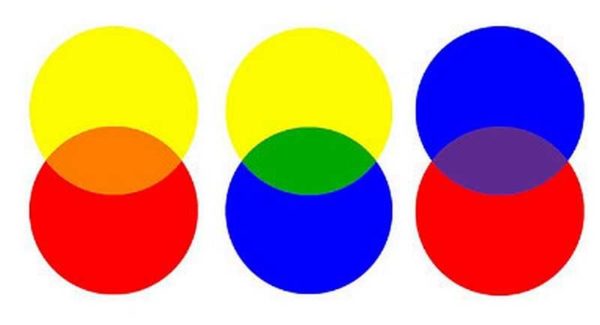
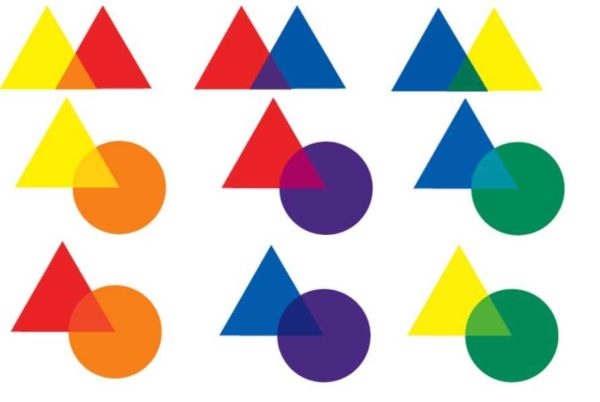

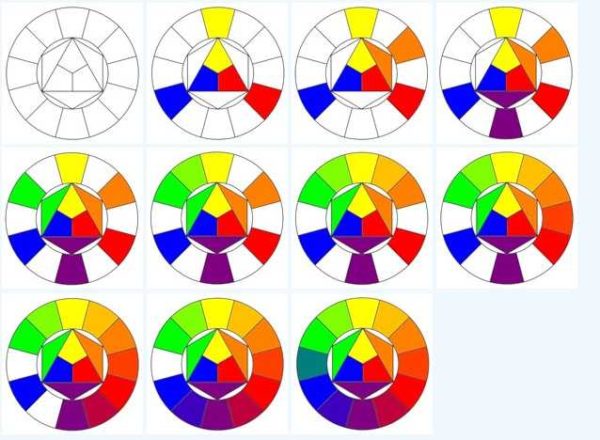
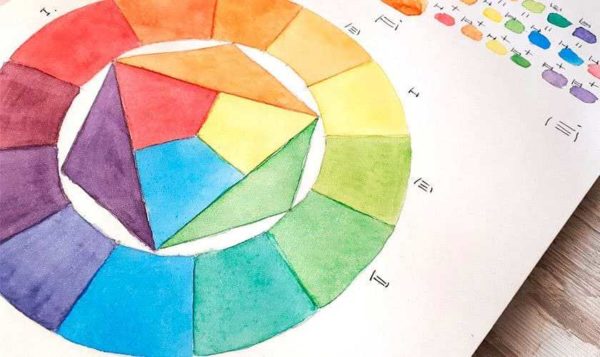
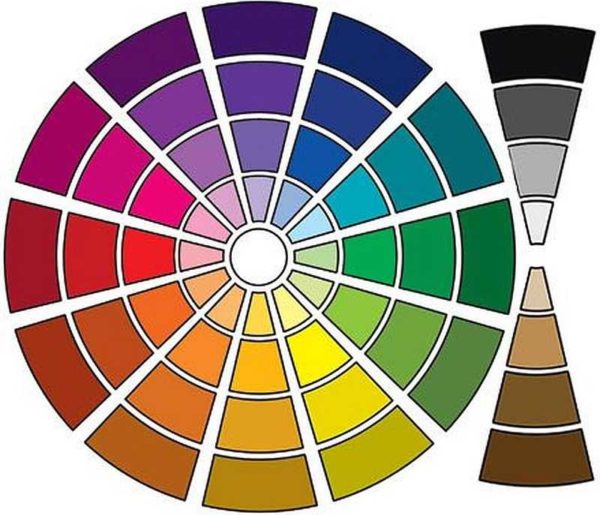
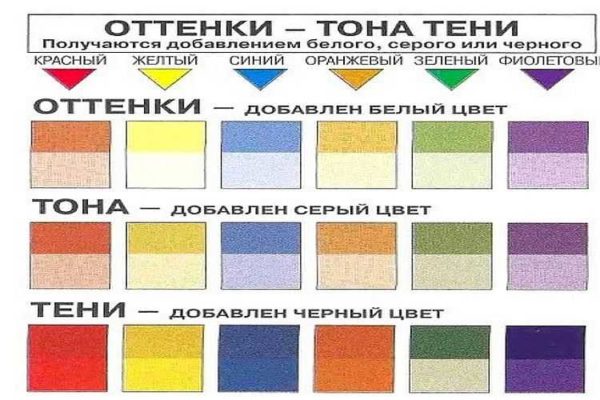
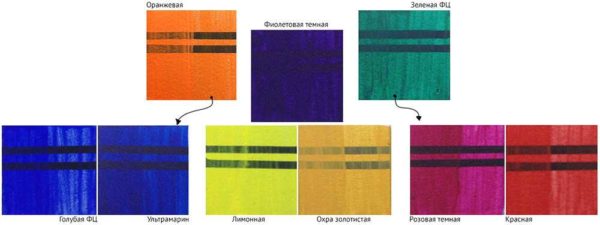

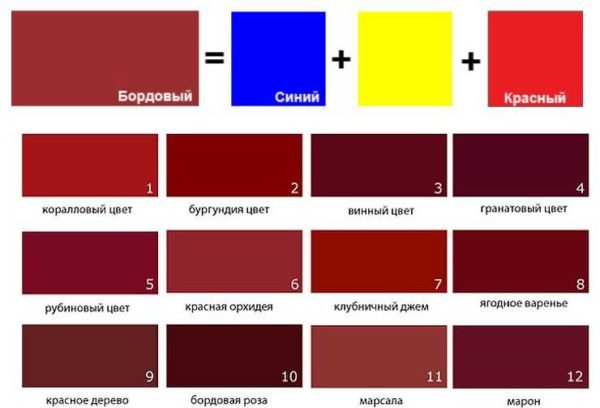

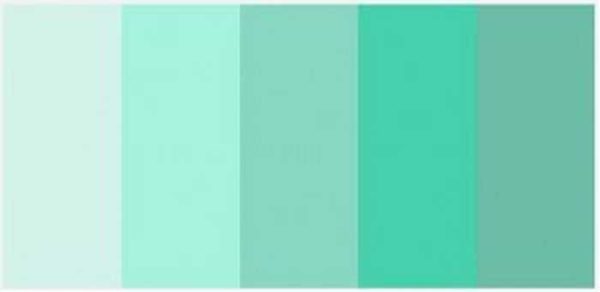
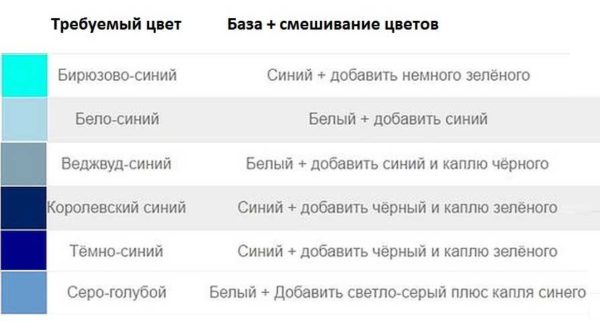
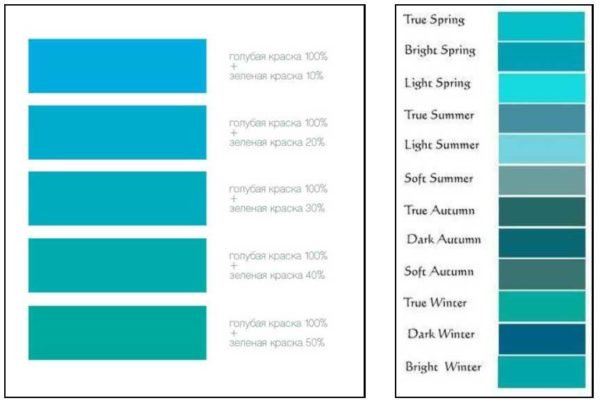
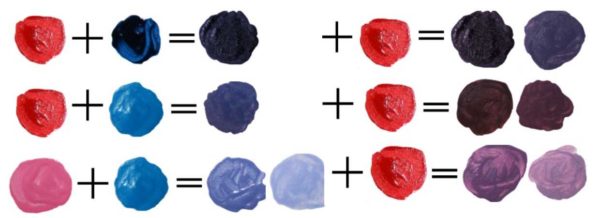
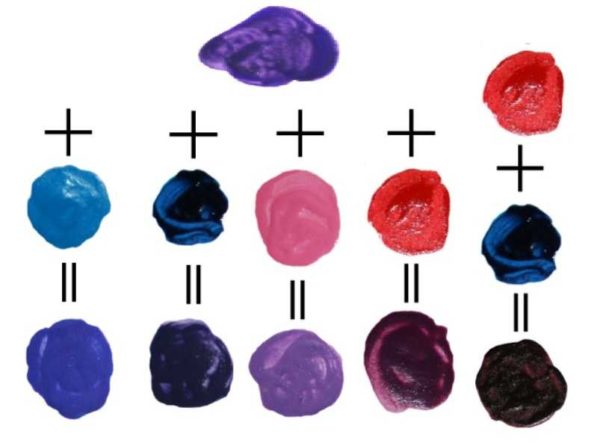

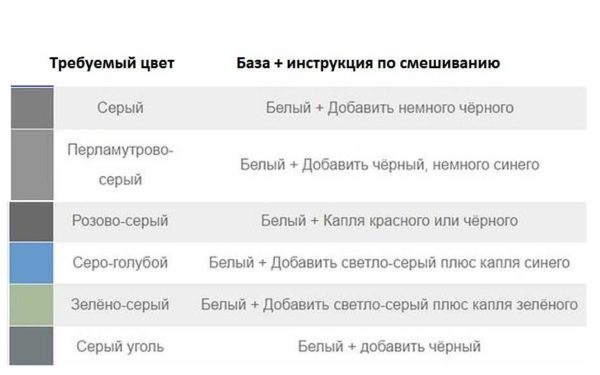
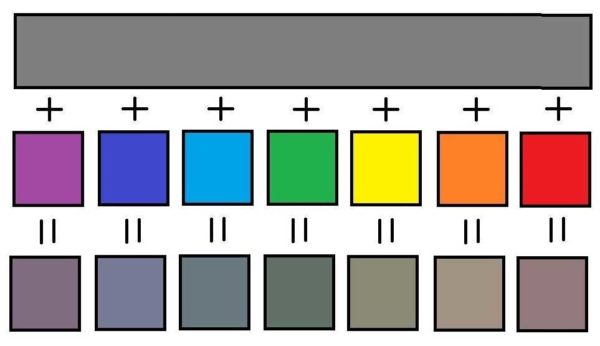

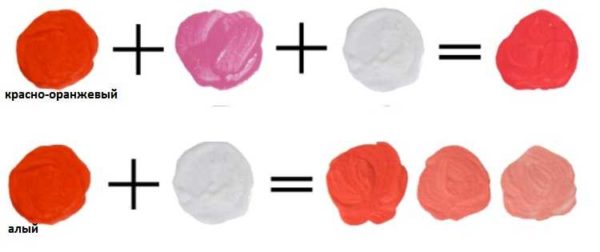
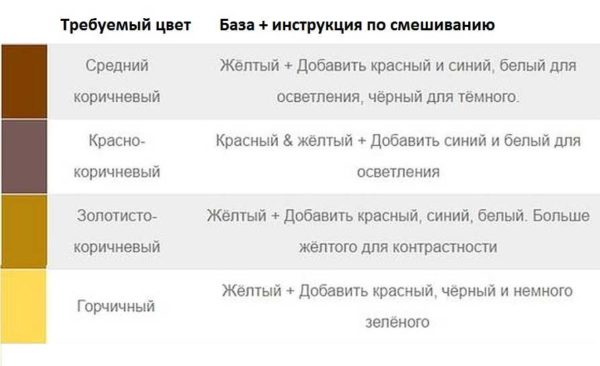
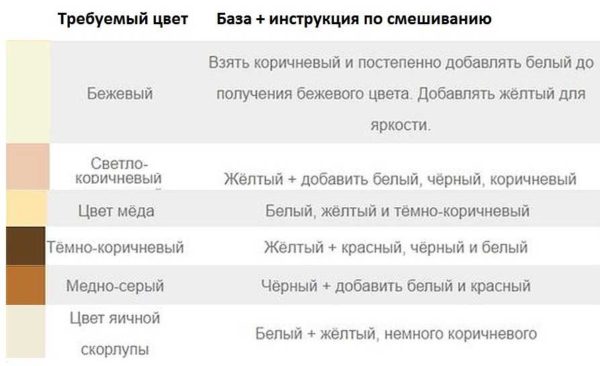
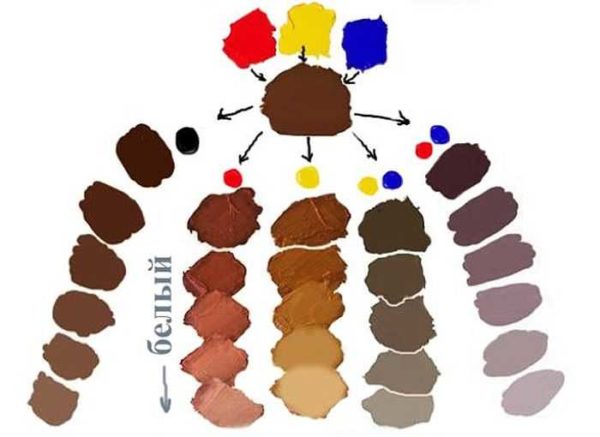










Everything is clear and accessible, thanks